
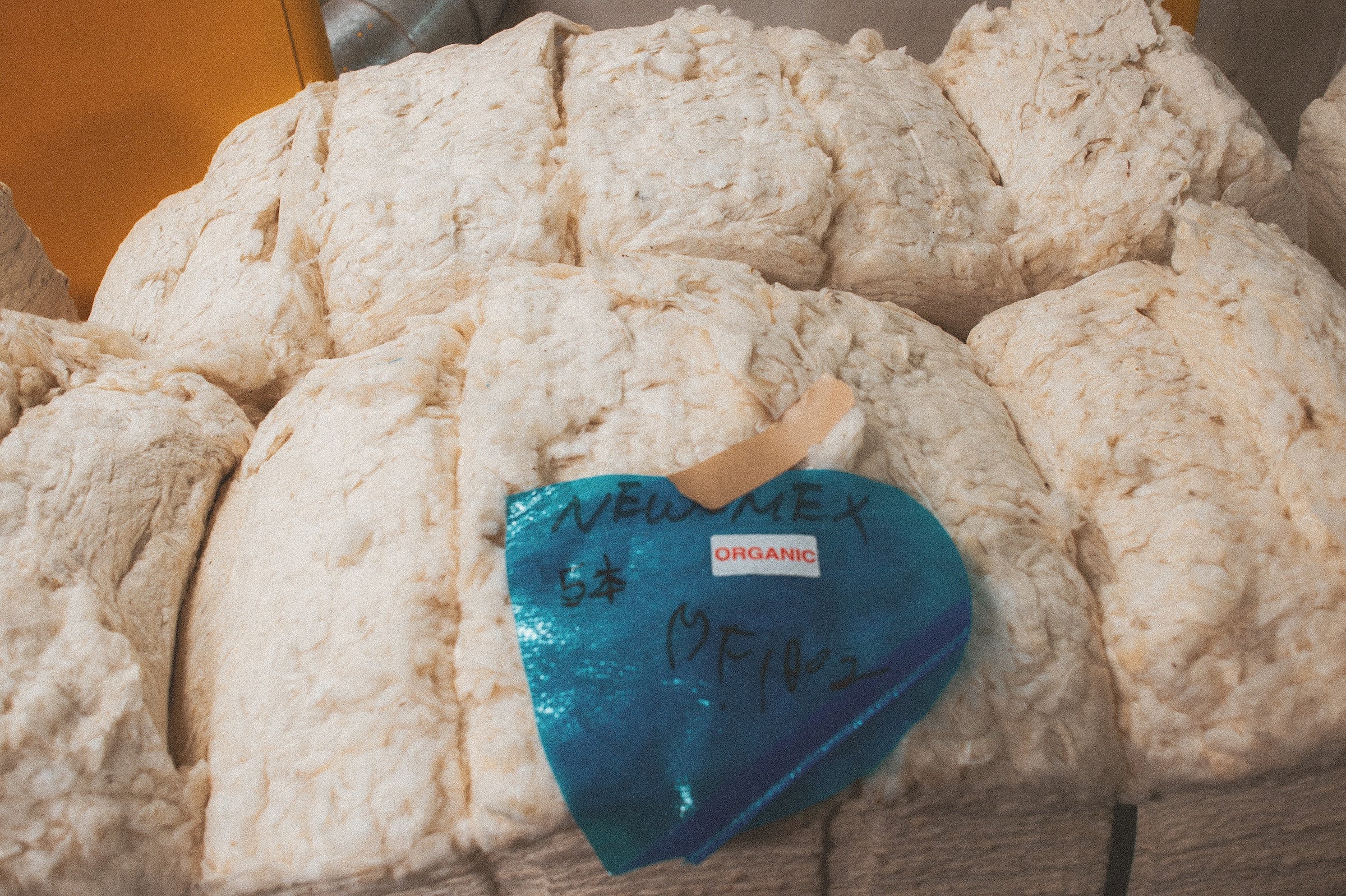
In the fall of 2023, Sally Fox wrote to me about two fabrics woven in Japan from her cotton that were available. Out of this note came our first opportunity to really begin working together; a small run of pants and shirts presented as part of an exhibition in New York. For me, it was a full circle moment, coming a decade after being introduced to Sally and her life’s work - fifty years of extreme dedication to researching, breeding, farming, and pioneering organically grown, naturally colored cotton. After the exhibition, I found myself re-energized to hunt down Sally’s cotton and see if I could finally find substantial, long term ways of working with it.
The hope in the back of my mind that I could incorporate her work into my own hasn’t always had a clear path forward. It took around 8 years to piece together answers to my early questions. Was Sally’s cotton being grown still? Where was it being spun? Who was weaving with it? It was clear that it all tied back to the decline in American fiber processing, yarn spinning and weaving industry. While working on this piece with friend and writer Noah Johnson last year, we got to know just how inextricable the crash of the American garment and textile industry was from Sally’s path, and ultimately how much it informs my own.
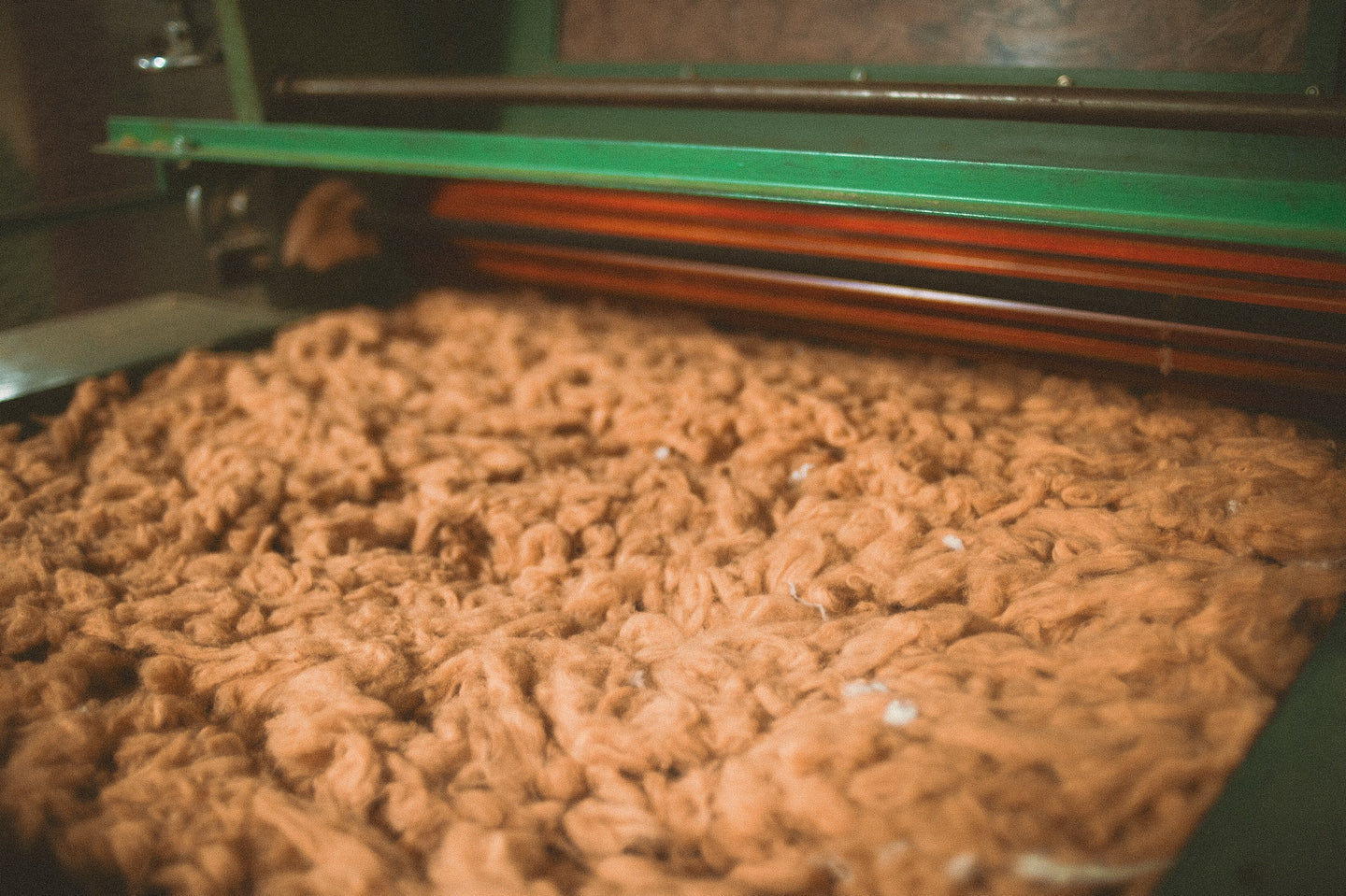
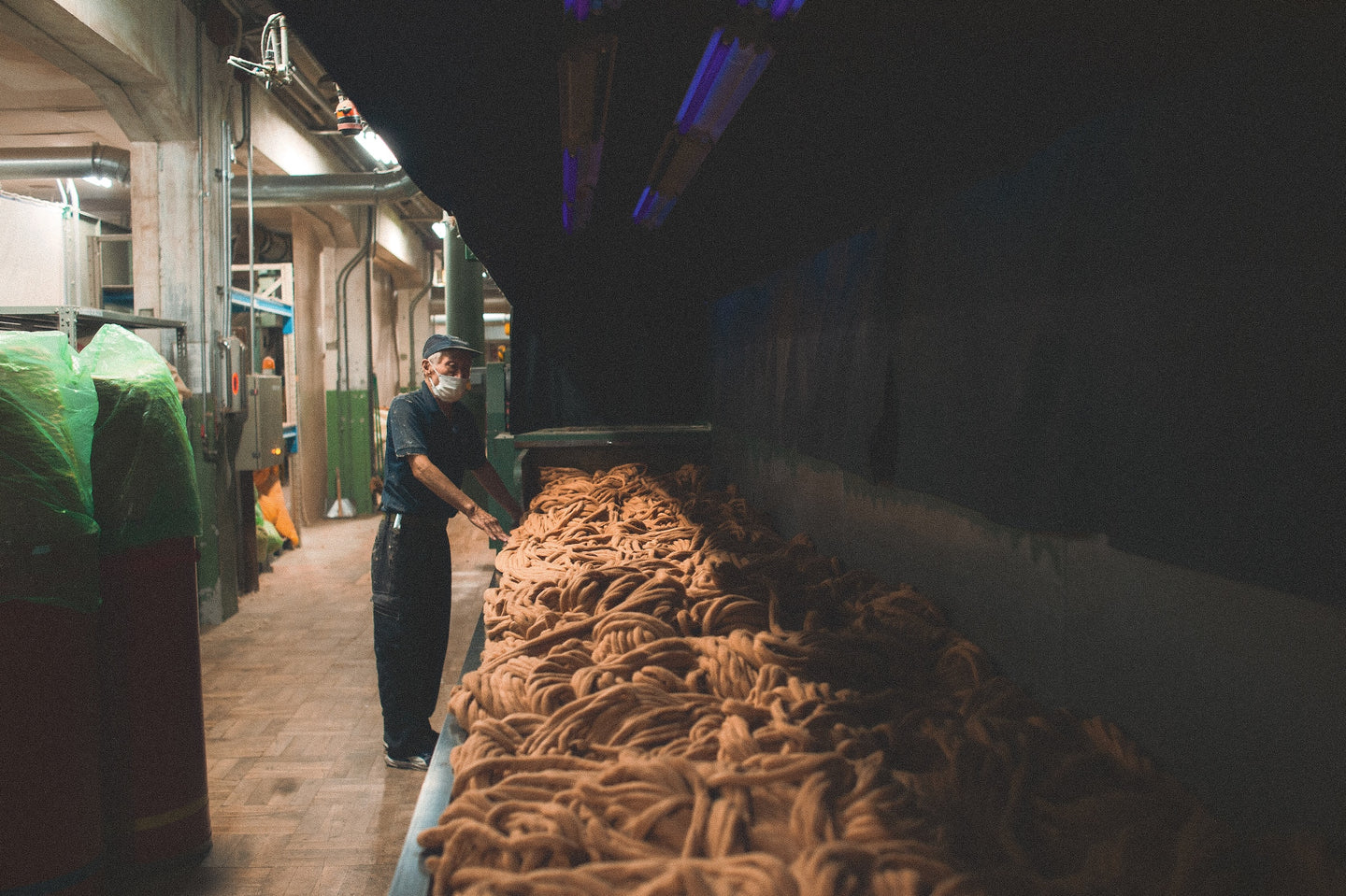
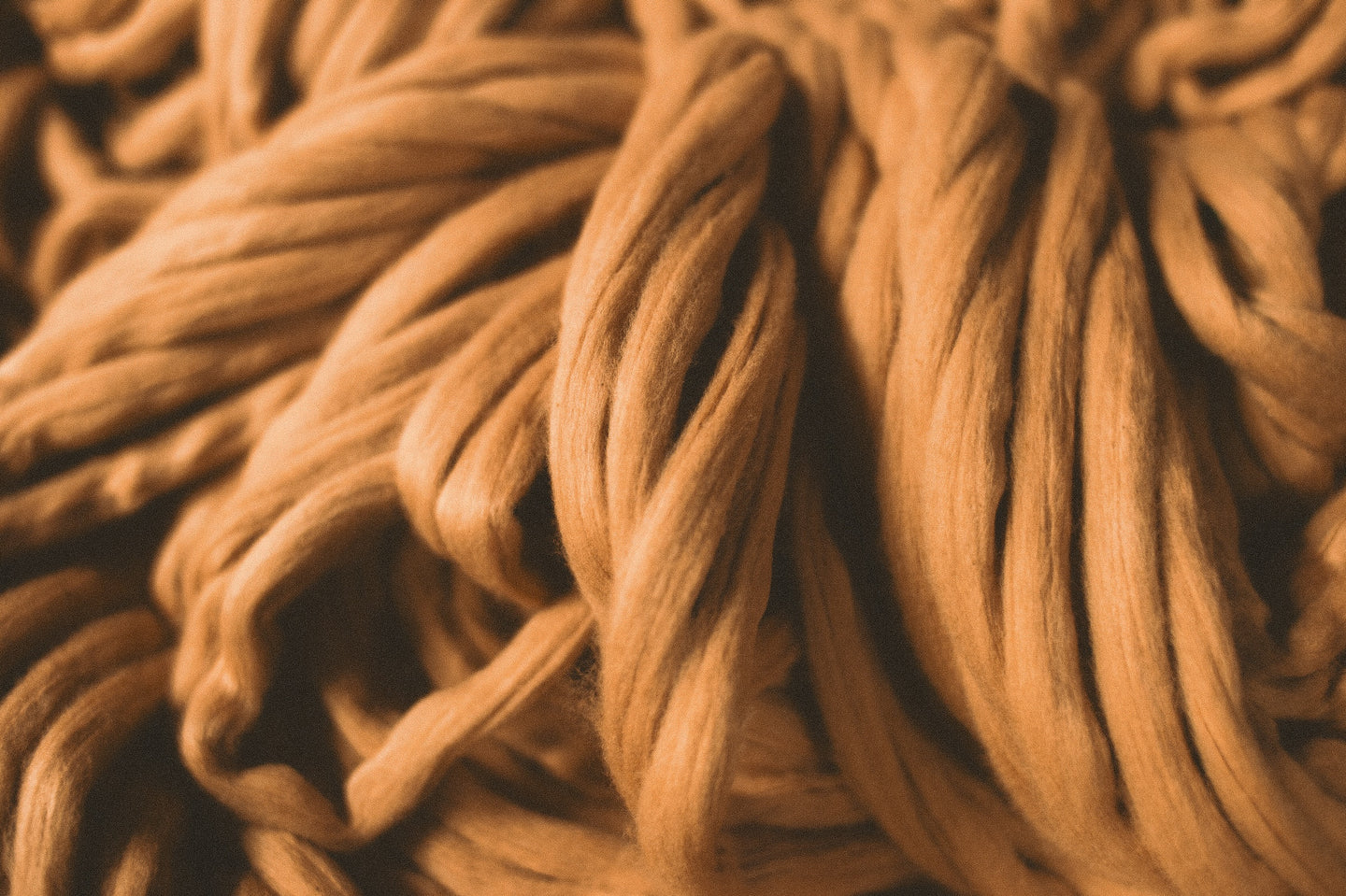
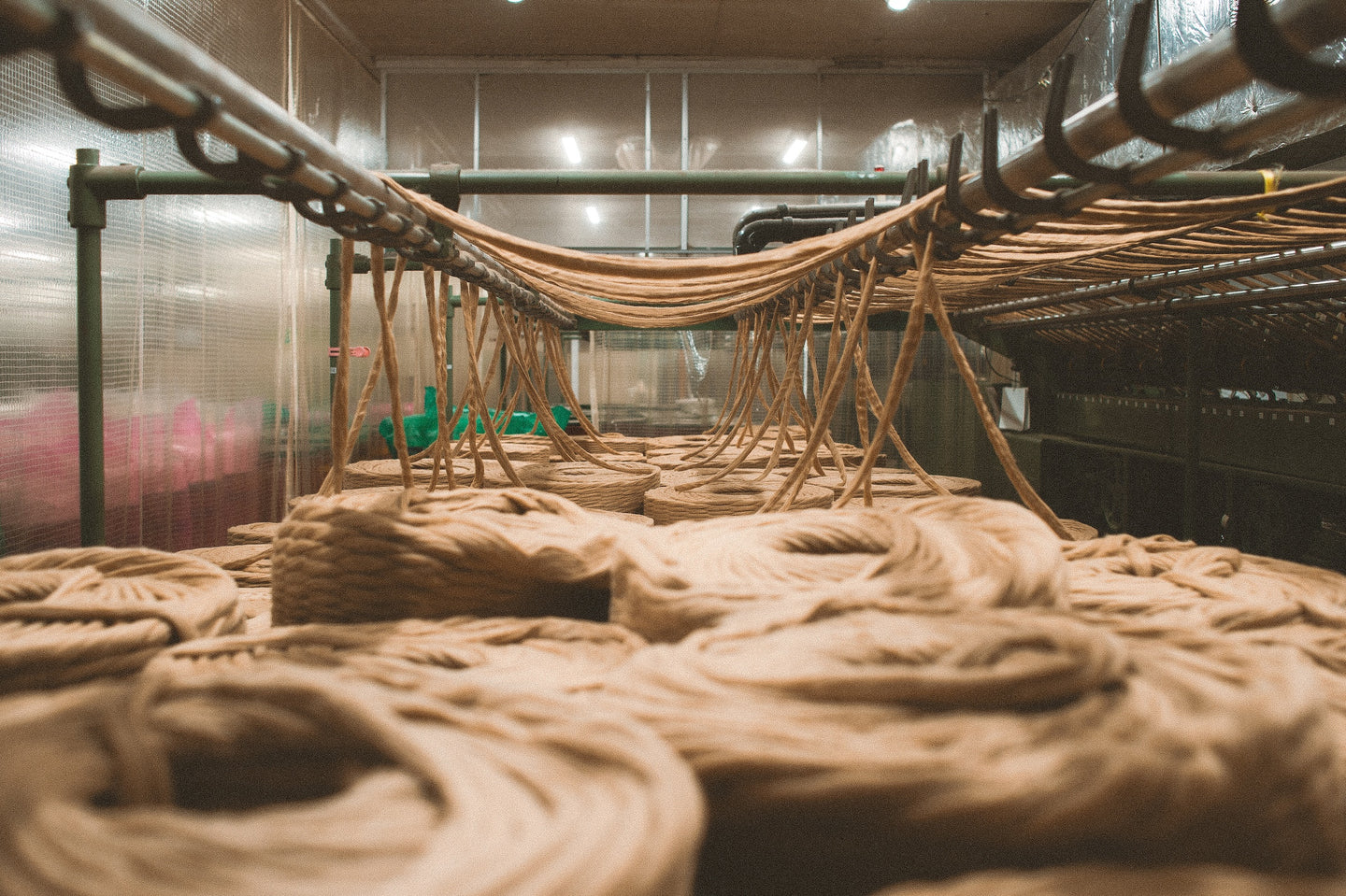

On a recent trip to Japan, I had the chance to visit Taishoboseki–one of the world's leading organic cotton spinners, and the primary client for Sally’s cotton. Sally has always championed them not only for being her greatest supporter but also for their skilled ability to process and spin the highest quality yarn from these idiosyncratic fibers.
As I have continued to visit Japan more and dive deeper into the remaining textile industry there, it’s evident how extreme the contrast is with my own country–despite its large size, its capabilities are highly limited. In Japan, while it may also be a shrinking industry, there are still so many highly talented spinners, dyers, weavers and finishers - working at both large and small scales. As we simultaneously develop custom woven fabrics in the US, we see firsthand the almost impossible task of an entirely domestic cloth - save for a very few brave small operations trying to piece together the remaining fractured bits of industry, in an entirely uphill battle.
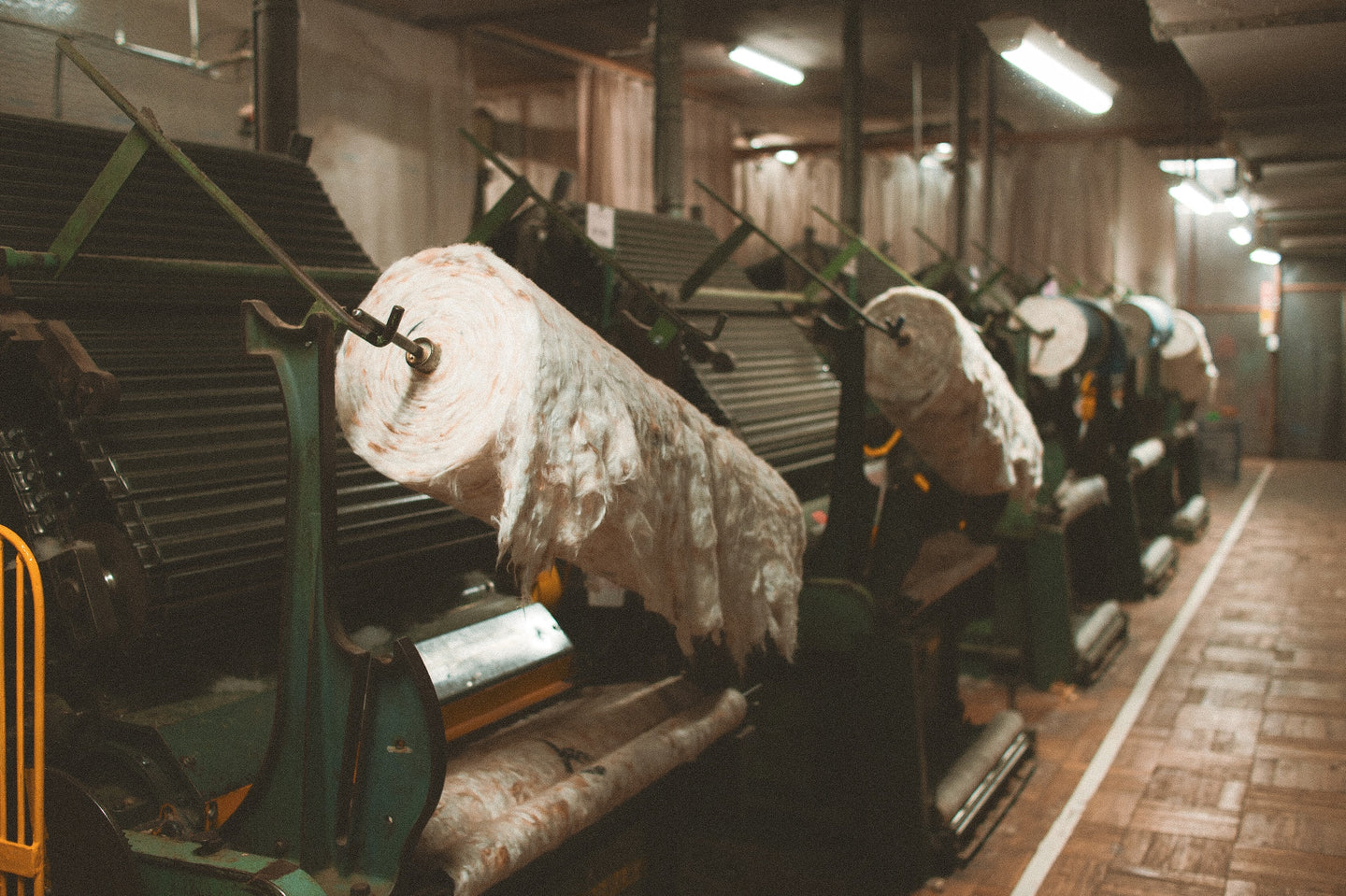
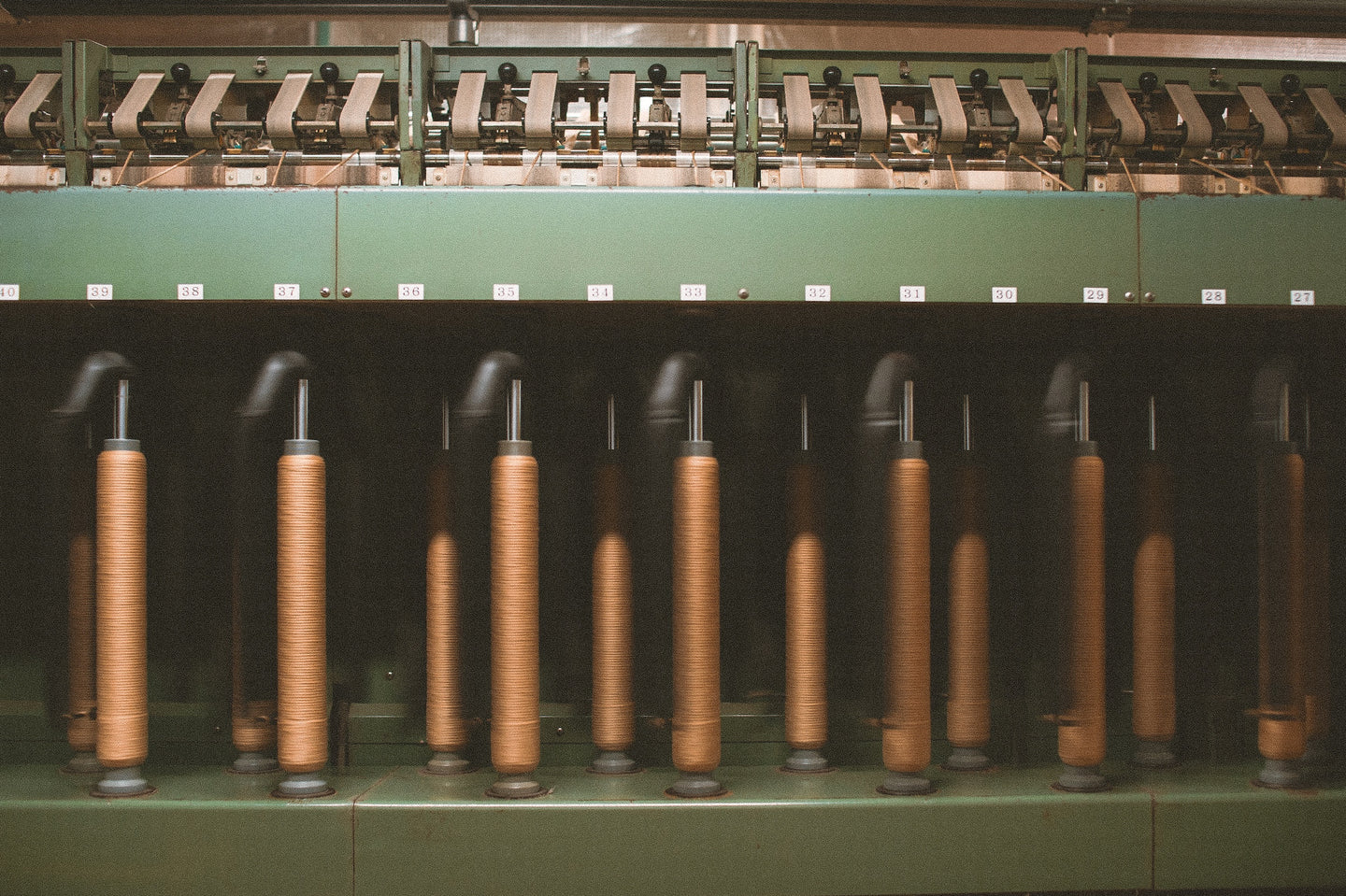
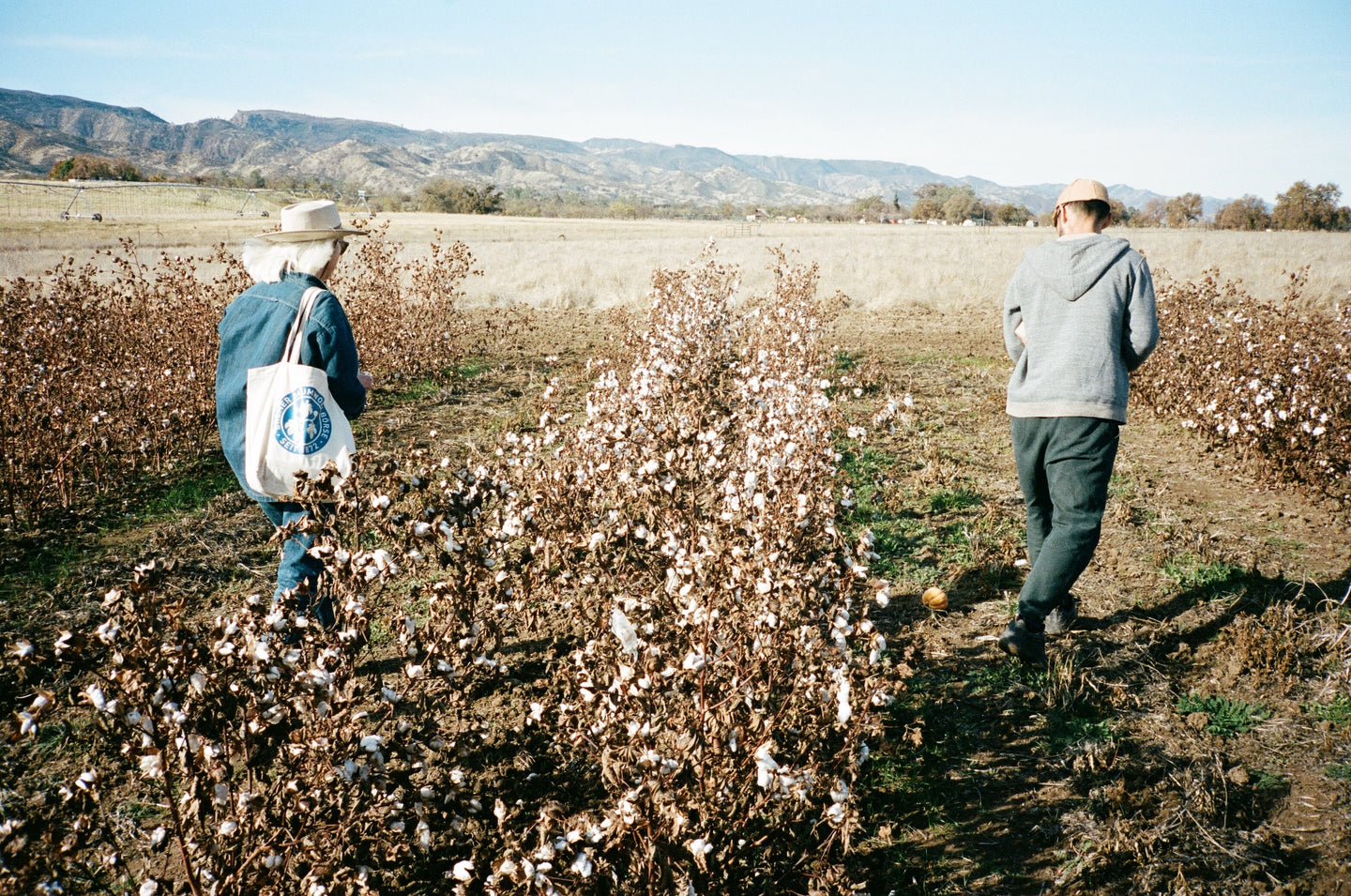
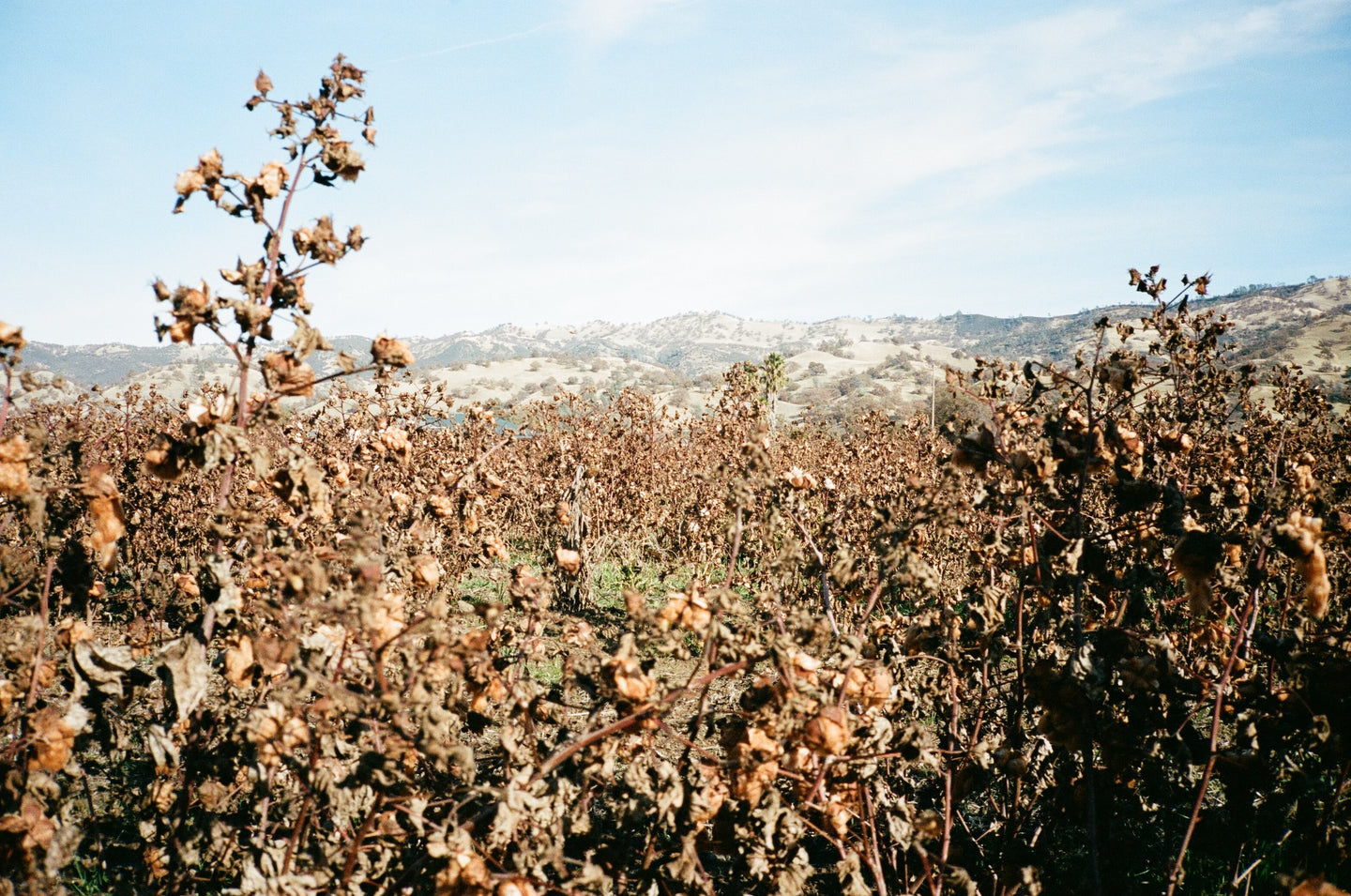
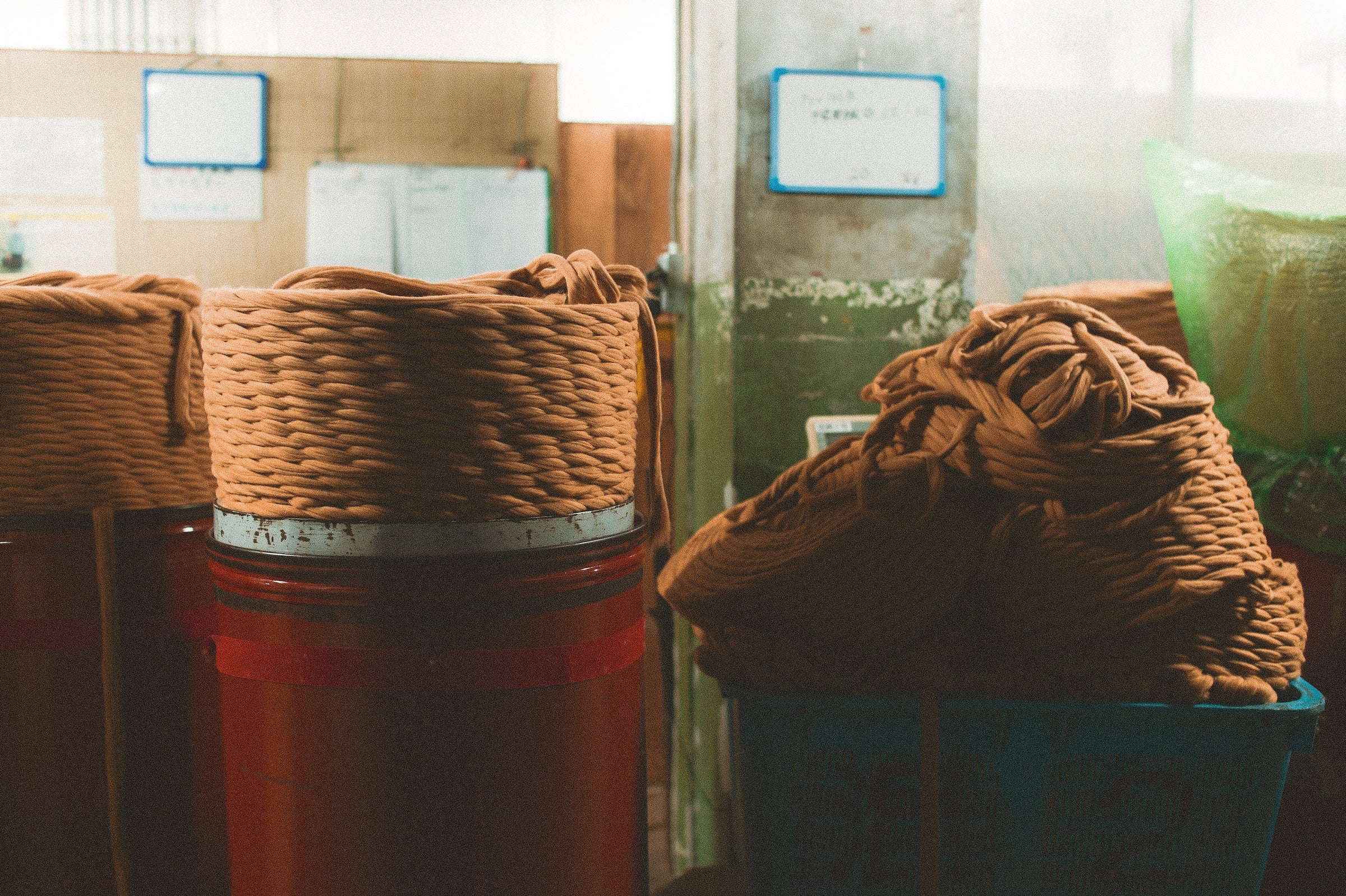
Visiting Taishoboseki helped me uncover ways to highlight Sally’s work in a lasting way - this month we introduced the made in Japan socks after a few years of development, in the current editions multiple styles have been cut from a lightweight canvas, we found deadstock rolls of narrow shuttle loom selvedge denim to make another run of the orSlow collaboration jean, and we’re now working on a custom cloth for the Permanent collection. All of these projects come together with yarn spun by Taishoboseki.
A few weeks after that trip to Japan, Sally invited us to visit her breeding nursery just a few hours north of San Francisco. Coincidentally, some of the team from Taishobo were there as well - a rare opportunity to hear and learn about the nuance of these cottons from both the breeder and the spinner, and how their efforts inform each other - a unique collaboration that sees industry bend to work with nature, rather than the other way around.
The pieces we’ve made thus far are part of the beginning of a collaboration and presentation of Sally’s cotton in what I hope to be its most pure and unadulterated form: simple cloth made well, allowing the natural character of the cotton to express itself in hard-wearing fabrics designed to endure. The thoughtfulness in her pursuit, the beauty in the naturally occurring colors, the dedication to organic agriculture, and ultimately her efforts to minimize the impact of creating physical product - continues to inspire me.



